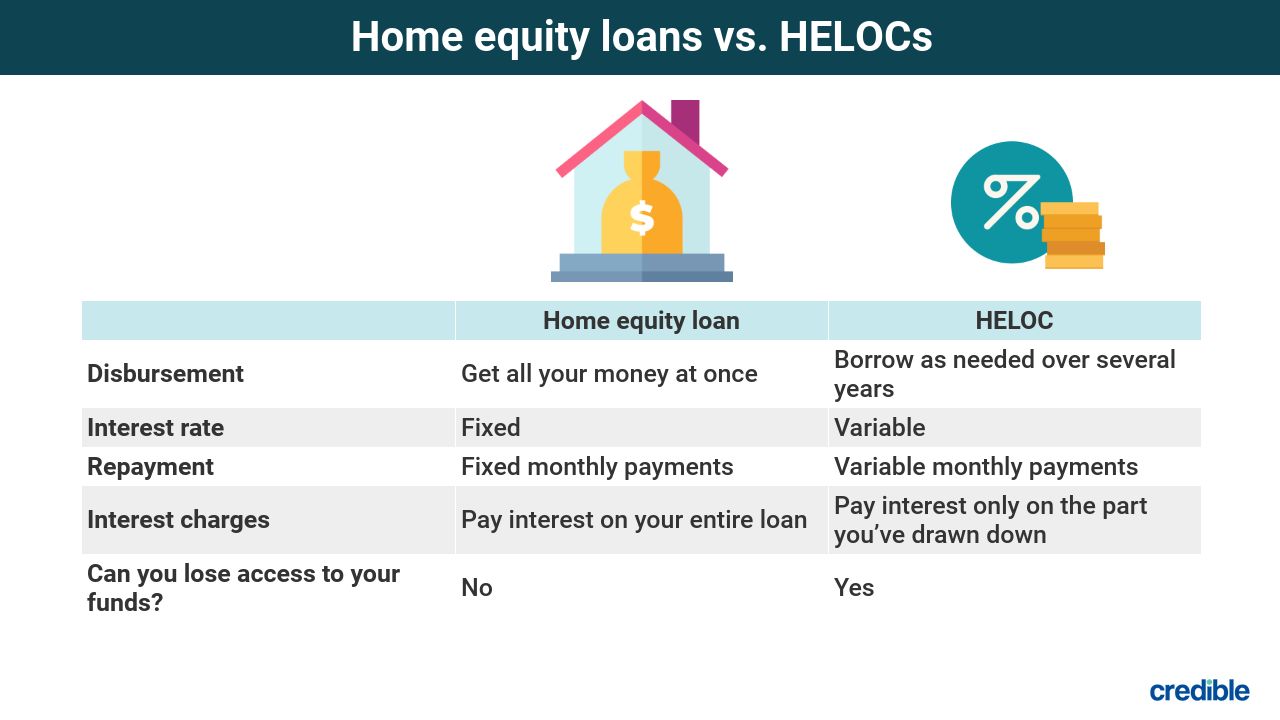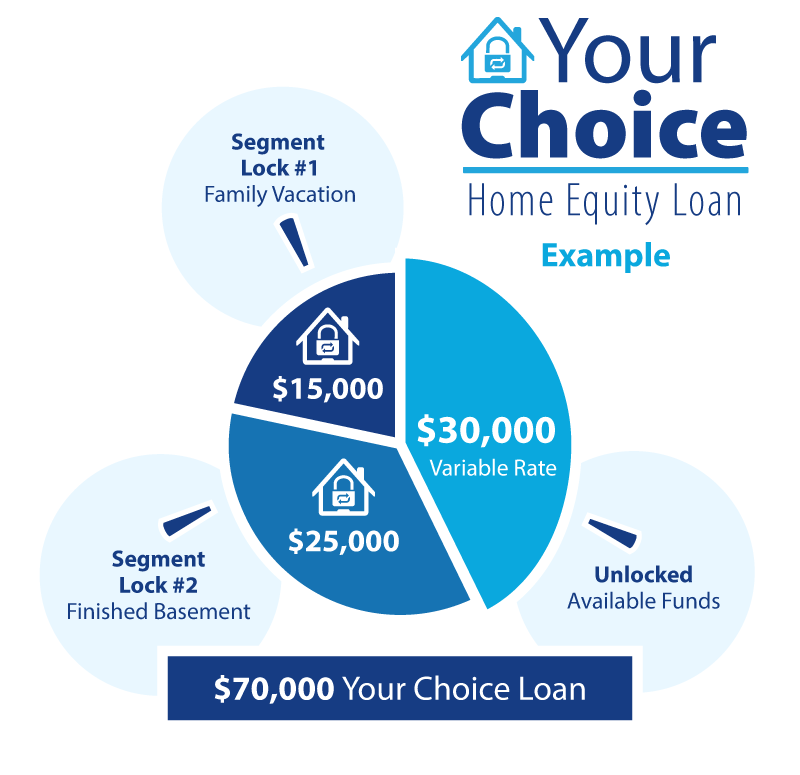Securing an Equity Loan: Steps and Requirements Discussed
Securing an Equity Loan: Steps and Requirements Discussed
Blog Article
Debunking the Certification Process for an Equity Funding Approval
Navigating the certification process for an equity finance authorization can usually appear like deciphering a complex puzzle, with various factors at play that determine one's qualification. Recognizing the interaction in between debt-to-income proportions, loan-to-value proportions, and various other vital criteria is vital in safeguarding authorization for an equity funding.
Key Eligibility Criteria
To get an equity funding authorization, meeting specific vital qualification requirements is important. Lenders generally require candidates to have a minimum credit report, often in the variety of 620 to 700, depending upon the institution. A strong credit report history, revealing an accountable repayment performance history, is also critical. Furthermore, lenders analyze the applicant's debt-to-income proportion, with a lot of preferring a proportion listed below 43%. This demonstrates the debtor's ability to take care of additional financial obligation responsibly.
Moreover, lending institutions assess the loan-to-value ratio, which compares the quantity of the car loan to the appraised worth of the residential property. Usually, lending institutions prefer a lower ratio, such as 80% or much less, to reduce their threat. Work and income stability are essential consider the authorization procedure, with lending institutions looking for guarantee that the consumer has a trusted resource of revenue to settle the car loan. Satisfying these essential eligibility requirements boosts the chance of safeguarding authorization for an equity loan.
Credit History Value

Credit rating normally vary from 300 to 850, with greater ratings being extra favorable. Lenders often have minimal credit report needs for equity loans, with ratings above 700 generally taken into consideration great. It's vital for applicants to review their credit history reports frequently, checking for any kind of errors that can negatively impact their ratings. By maintaining an excellent credit history via timely costs repayments, low credit use, and accountable loaning, candidates can boost their possibilities of equity finance authorization at competitive prices. Understanding the importance of credit report and taking actions to improve them can dramatically impact a debtor's financial chances.

Debt-to-Income Ratio Analysis
Provided the important function of credit rating in figuring out equity finance approval, another essential aspect that lending institutions analyze is a candidate's debt-to-income ratio evaluation. The debt-to-income proportion is an essential financial statistics that gives understanding into a person's capability to handle extra financial obligation responsibly. Lenders compute this proportion by splitting the overall monthly financial obligation responsibilities of an applicant by their gross monthly income. A reduced debt-to-income ratio indicates that a borrower has even more income readily available to cover their financial debt payments, making them a much more attractive prospect for an equity car loan.
Lenders generally have details debt-to-income proportion demands that debtors must meet to get approved for an equity loan. While these demands can vary among lending institutions, a typical benchmark is a debt-to-income ratio of 43% or lower. Debtors with a higher debt-to-income ratio may deal with difficulties in protecting authorization for an equity financing, as it recommends a greater danger of skipping on the finance. Home Equity Loans. Therefore, it is important for applicants to assess and potentially lower their debt-to-income proportion before making an application for an equity financing to boost their possibilities of authorization.
Building Evaluation Requirements
Analyzing the worth of the residential or commercial property through a thorough evaluation is a fundamental action in the equity finance approval procedure. Lenders call for a building evaluation to ensure that the home gives sufficient security for the financing quantity asked for by the customer. Throughout the residential property assessment, an accredited appraiser examines numerous variables such as the building's condition, dimension, area, comparable residential property values in the area, and any type of special attributes that might affect its overall worth.
The home's assessment worth plays an important function in establishing the optimum quantity of equity that can be borrowed versus the home. Lenders generally need that the assessed worth fulfills or exceeds a certain portion of the financing amount, recognized as the loan-to-value proportion. This ratio assists minimize the lending institution's danger by ensuring that the residential property holds adequate value to cover the finance in instance of default.
Inevitably, a comprehensive residential property evaluation is crucial for both the loan provider and the debtor to precisely examine the property's worth and determine the feasibility of giving an equity finance. - Home Equity Loans
Comprehending Loan-to-Value Ratio
The loan-to-value ratio is a crucial financial metric made use of by loan providers to analyze the threat connected with supplying an equity financing based on the residential property's assessed value. This ratio is calculated by splitting the amount of the funding by the assessed value of the residential property. For instance, if a property is evaluated at $200,000 and the financing quantity is $150,000, the loan-to-value ratio would certainly be 75% ($ 150,000/$ 200,000)
Lenders make use of the loan-to-value ratio to identify the degree of threat they are handling by providing a car loan. A higher loan-to-value proportion shows a greater threat for the lending institution, as the customer has less equity in the home. Lenders commonly favor reduced loan-to-value proportions, as they supply a padding in instance the consumer defaults on the building and the funding needs to be marketed to recuperate the funds.
Borrowers can additionally benefit from a reduced loan-to-value proportion, as it may lead to better lending terms, such as reduced rate of interest prices or decreased costs (Alpine Credits Canada). Recognizing the loan-to-value proportion is critical for both loan providers and borrowers in the equity loan approval process
Conclusion
In verdict, the qualification process for an equity car loan approval is based on key qualification standards, credit rating rating value, debt-to-income ratio analysis, residential property evaluation demands, and recognizing loan-to-value proportion. Understanding these factors can aid people browse click over here the equity loan authorization procedure much more effectively.
Recognizing the interaction between debt-to-income ratios, loan-to-value ratios, and other key standards is extremely important in protecting authorization for an equity finance.Given the important role of debt scores in figuring out equity loan approval, one more critical aspect that loan providers examine is a candidate's debt-to-income ratio evaluation - Alpine Credits Equity Loans. Consumers with a greater debt-to-income ratio may deal with obstacles in securing authorization for an equity lending, as it suggests a greater threat of skipping on the finance. It is important for candidates to examine and possibly reduce their debt-to-income ratio prior to using for an equity lending to raise their chances of authorization
In verdict, the qualification process for an equity finance authorization is based on essential eligibility requirements, debt rating relevance, debt-to-income proportion evaluation, residential or commercial property evaluation demands, and recognizing loan-to-value ratio.
Report this page